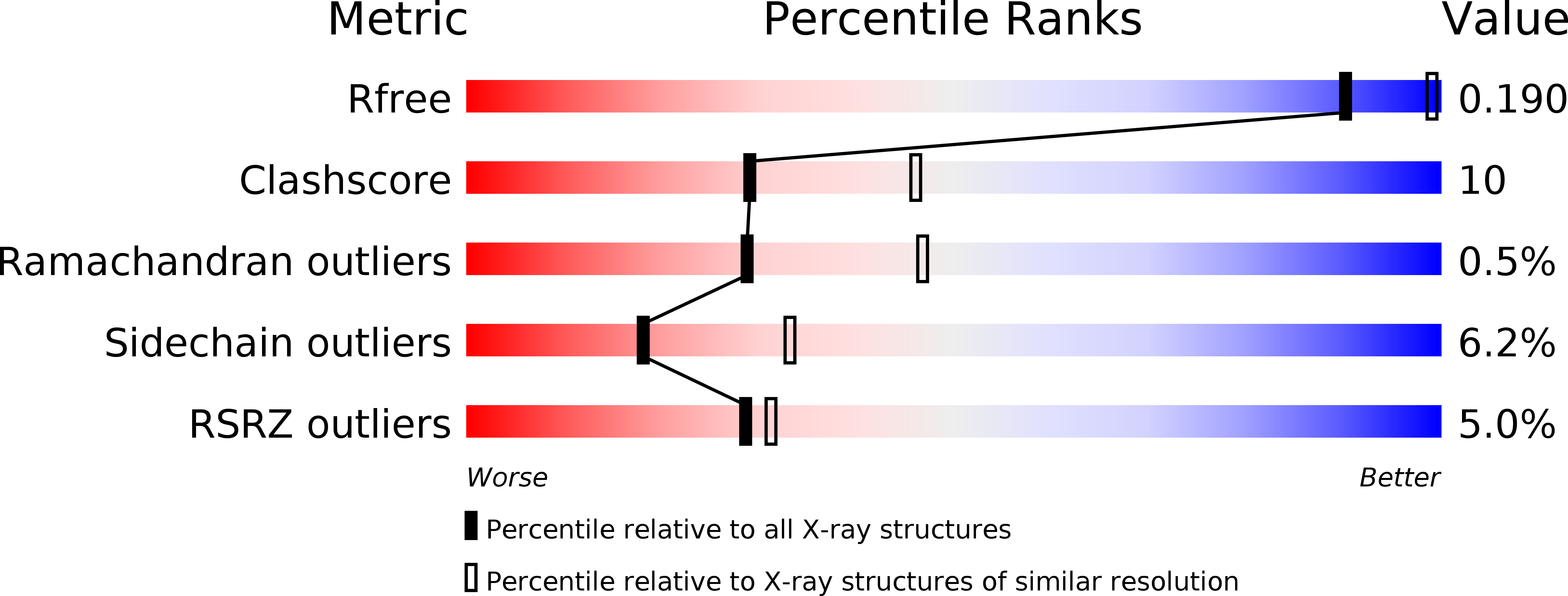
Deposition Date
2012-07-19
Release Date
2012-10-24
Last Version Date
2023-11-08
Entry Detail
Biological Source:
Source Organism:
Saccharomyces cerevisiae (Taxon ID: 559292)
Host Organism:
Method Details:
Experimental Method:
Resolution:
2.52 Å
R-Value Free:
0.21
R-Value Work:
0.18
R-Value Observed:
0.19
Space Group:
C 2 2 21


